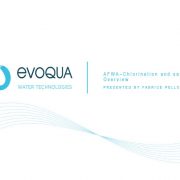EAUX NON CONVENTIONNELLES: UN RISQUE OU UNE SOLUTION AUX PROBLEMES D’EAU POUR LES CLASSES PAUVRES
EAUX NON CONVENTIONNELLES: UN RISQUE OU UNE SOLUTION AUX PROBLEMES D’EAU POUR LES CLASSES PAUVRES
RESUME
L’article s’intéresse aux qualités des eaux non conventionnelles et leurs effets sur la santé des consommateurs dans sept (07) quartiers dépourvus du réseau d’eau conventionnelle dans la ville de Mbouda, l’Ouest Cameroun.
Les techniques d’enquêtes sociologiques ont été utilisées pour obtenir l’information sur les sources d’approvisionnement en eau, les types de maladies hydriques existants dans les ménages, la nature de l’hygiène et l’assainissement accordé à ces points d’eau, ainsi que les traitements fournis à ces eaux de boissons avant la consommation.
Ensuite, une enquête a été effectuée dans les hôpitaux de la ville pour relever le nombre de cas des différentes maladies hydriques
enregistrées de janvier 2012 à février 2013.
Les échantillons d’eau ont été collectés sur 4 puits, 4 sources et 2 forages et analysés en décembre 2012 et en mars 2013, en utilisant la technique de dénombrement des germes sur milieu liquide et sur milieu solide.
Il ressort de cette étude que les eaux sont fortement contaminées par les microorganismes pathogènes; notamment les Streptocoques
fécaux, les Salmonelles, les Coliformes fécaux et les Protéus sp.
La consommation de ces eaux expose les populations à des risques sanitaires graves, nécessitant de ce fait un traitement approprié avant la consommation.
Mots clés: Eaux non conventionnelles, microorganismes pathogènes, assainissement, risques sanitaires
ABSTRACT
This paper looks at the quality of non-conventional waters and their effects on the health of consumers in seven (07) quarters deprived of conventional water network in Mbouda, West Cameroon.
Sociological techniques were used to obtain data on water sources, existing types of waterborne diseases in households, the nature of hygiene and sanitation of the water points and the treatment provided to these drinks water before consumption.
The number of cases of various waterborne diseases recorded in hospitals in the town from January 2012 to February 2013 was also verified. Water samples were collected from 4 wells, 4 springs and 2 boreholes in December 2012 and March 2013 for analyzes using the techniques of counting bacteria on liquid and solid medium.
Results of this study shows that water from non-conventional sources are contains high levels of pathogenic microorganisms, such as fecal streptococci, Salmonella, fecal coliforms and Proteus sp.
The consumption of these waters exposes consumers to serious health risks, thus requiring appropriate treatment before consumption.
Keywords: non-conventional water, pathogenic microorganisms, sanitation, health risks

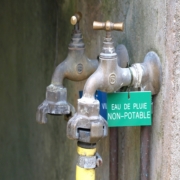 AAEA
AAEA AFWASA
AFWASA AFWASA
AFWASA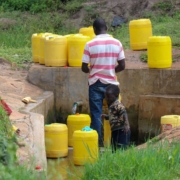 AFWASA
AFWASA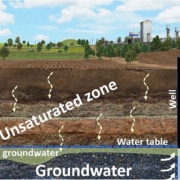 AFWASA
AFWASA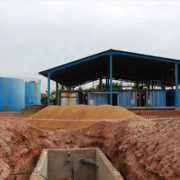 AAEA
AAEA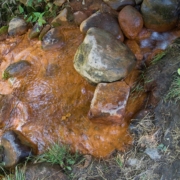 AAEA
AAEA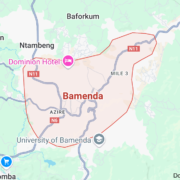 AFWASA
AFWASA
